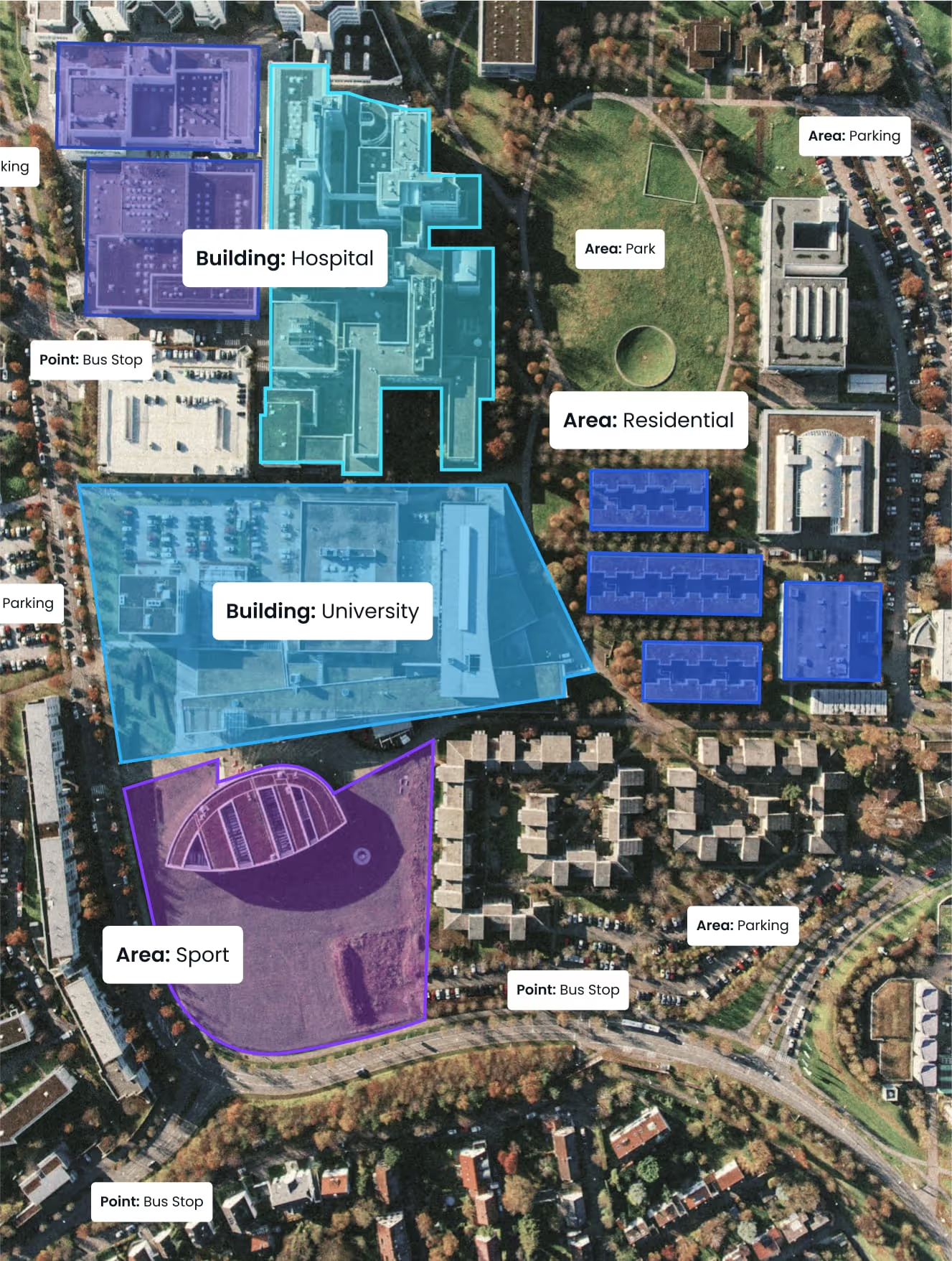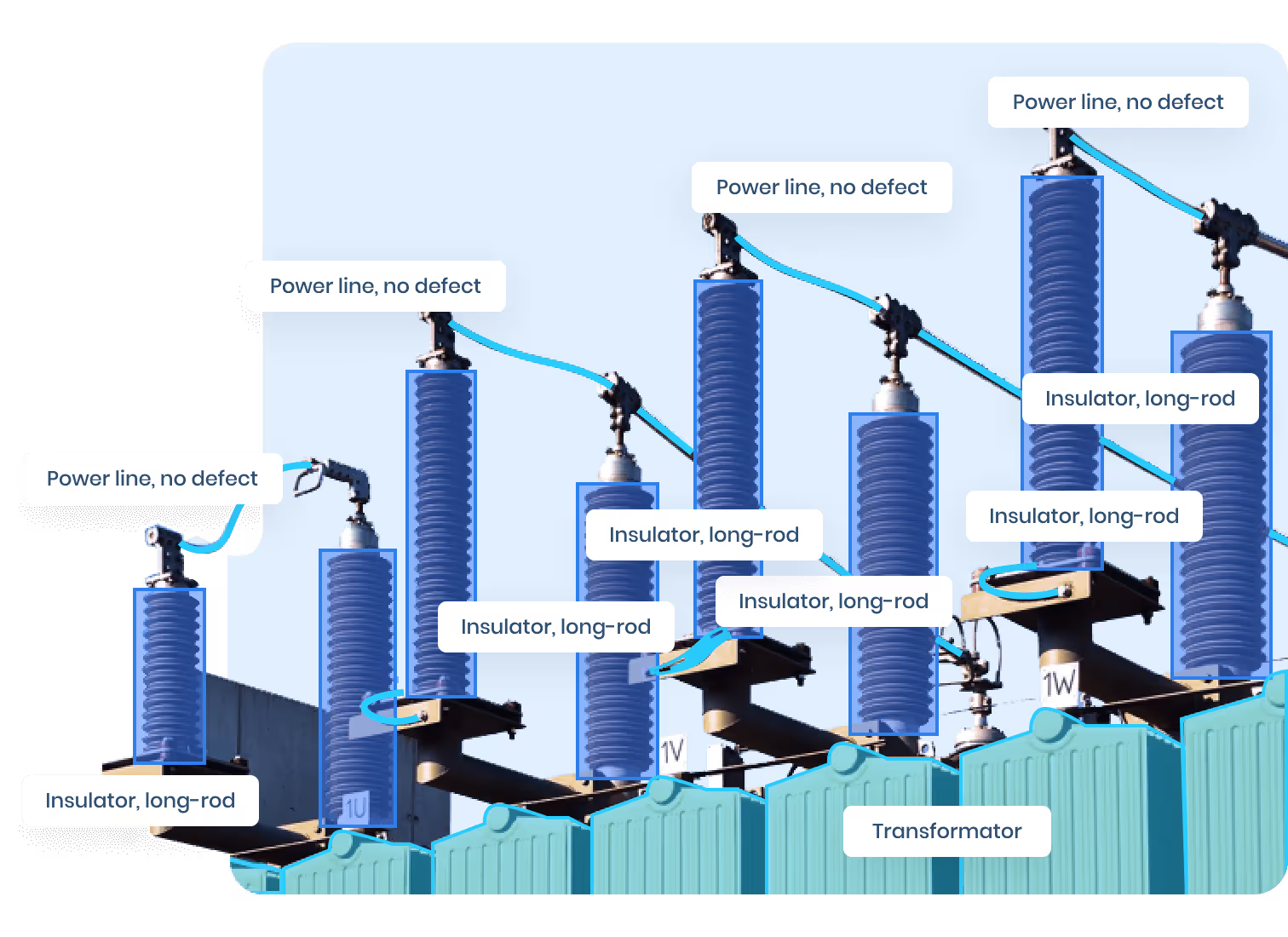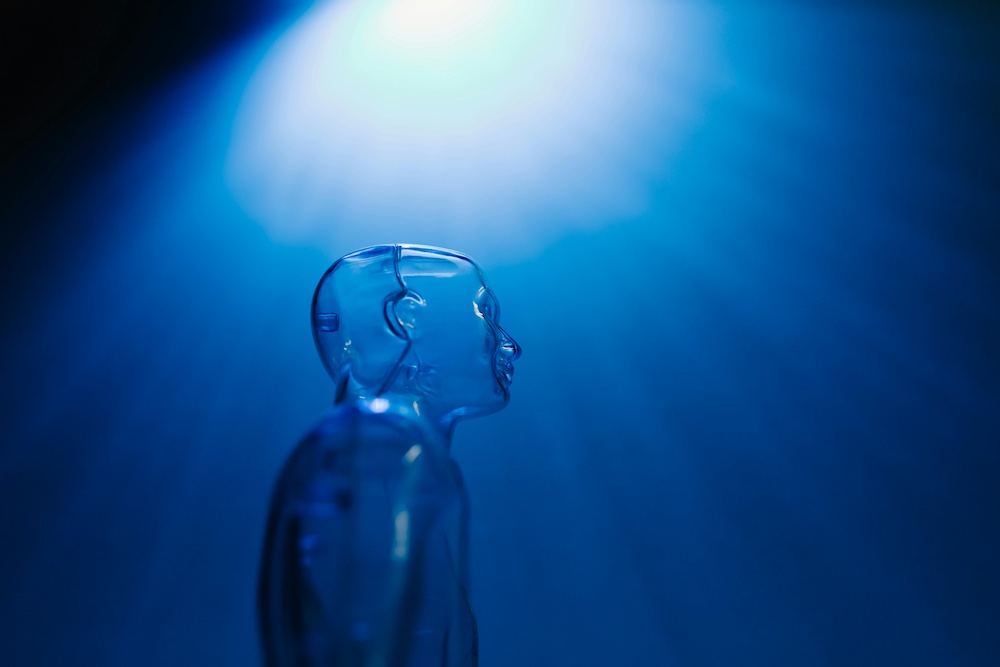Rehabilitation is essential for patients recovering from surgery, injury, stroke, or chronic illness. Traditional assessments depend on therapist observation and patient self-reporting, which can vary from session to session. Computer vision offers a more reliable and scalable alternative by turning movement into precise, measurable, and continuously trackable data.
The Evolution of Patient Rehabilitation
For decades, therapy relied on manual measurement and qualitative judgment. Wearables and motion sensors later introduced data-driven insight but required patient compliance, calibration, and physical contact.
Computer vision changes the model entirely. With a simple camera and a trained AI model, clinicians can monitor movement without physical sensors or specialized equipment. Vision-based systems support hybrid and remote rehabilitation models, a shift documented across digital health research and practice. Physiopedia provides a useful overview of how digital rehabilitation is shaping clinical workflows.
What Computer Vision Means in Rehabilitation
Computer vision is a field of artificial intelligence focused on interpreting visual data. In rehabilitation, it can:
- track full-body or limb movement
- calculate joint angles and postural alignment
- analyze gait and balance patterns
- detect deviations from prescribed exercises
- quantify performance and progress over time
For a technical introduction, see IBM's overview of computer vision.
Why Computer Vision Improves Rehabilitation Outcomes
Objective and Quantifiable Measurement
Computer vision systems measure joint angles, posture, cadence, and symmetry with precision. This replaces estimation with reliable metrics that improve clinical decision-making.
Consistent and Bias-Free Analysis
Human observation varies between clinicians. AI systems apply the same criteria every time, ensuring that assessments remain consistent across sessions.
Support for Remote and Hybrid Therapy
Telehealth adoption has expanded significantly. Computer vision enables at-home exercise monitoring with automatic detection of risky or incorrect movements. Studies published by the National Institutes of Health highlight the impact of remote rehabilitation on accessibility and recovery outcomes.
Real-Time Corrective Feedback
Advanced systems can provide instant feedback through visual or audio cues, improving motor learning and helping patients avoid harmful compensations.
Longitudinal Tracking
Vision systems maintain historical performance data that allow clinicians to detect improvement or regression over weeks or months.
Scalability
Clinics facing increased demand can monitor more patients with fewer in-person visits. Computer vision helps optimize therapist time without sacrificing assessment quality.
Key Applications in Patient Monitoring
Orthopedic Rehabilitation
Patients recovering from ACL reconstruction, knee replacement, or rotator cuff repair require structured protocols. Computer vision can measure:
- range of motion
- gait asymmetry
- weight shifting
- movement speed and control
These metrics help clinicians adjust therapy intensity and identify reinjury risks early.
Stroke and Neurological Recovery
Stroke and traumatic brain injury patients often have impaired coordination or balance. Computer vision supports:
- gait and balance analysis
- limb coordination tracking
- hand and fine motor assessment
- facial movement evaluation for paralysis
Accurate, repetition-driven feedback supports neuroplasticity, a principle widely referenced in neurological rehabilitation literature from sources such as the Mayo Clinic.
Balance and Fall Risk Monitoring
Older adults face significant risk of falls. Computer vision systems can assess:
- static balance
- dynamic stability
- sway patterns
- compensatory movements
The World Health Organization reports that early detection and monitoring significantly reduce fall-related injury in older populations.
Pediatric Rehabilitation
Children with cerebral palsy, autism, or developmental delays often require specialized assessment. Computer vision enables:
- gamified exercise engagement
- motor milestone evaluation
- range of motion tracking
- detection of developmental delays
This makes rehabilitation more accessible and motivating for younger patients.
Occupational Therapy and Daily Living
Computer vision helps analyze activities of daily living, which are essential to occupational therapy. It can evaluate:
- reaching
- dressing
- eating
- upper limb coordination
These insights improve patient independence planning.
Sports Injury Recovery and Performance
Athletes recovering from injury or preparing to return to play benefit from precise biomechanical measurement. Computer vision can:
- detect poor form
- measure joint load
- evaluate agility and balance
- establish safe return-to-sport criteria
Sports medicine teams increasingly rely on automated video analysis for objective performance metrics.
Technologies That Enable Vision-Based Rehabilitation
Cameras
Systems use RGB cameras, smartphone cameras, or depth sensors to capture movement. Depth data provides additional spatial information for more advanced measurement.
Machine Learning Frameworks
Pose estimation and activity recognition models are typically built with TensorFlow, PyTorch, or OpenCV.
Pose Estimation Models
OpenPose, MediaPipe, and Detectron2 are common tools that estimate keypoints such as hips, knees, shoulders, and wrists.
AI Analytics
Vision-based systems analyze movement quality, identify deviations from prescribed exercises, and track range of motion. Developers can explore open-source implementations in the OpenPose or MediaPipe GitHub repositories.
Real-World Systems and Case Studies
Sword Health
Sword Health combines licensed clinicians with AI motion tracking. Patients use a tablet and sensors or camera-based systems to receive guided exercises and real-time corrections. Studies in digital health have shown strong improvements in musculoskeletal outcomes.
Reflexion Health (VERA)
VERA uses avatar-based guidance and depth-sensing cameras to support post-operative rehabilitation. The system is FDA-cleared and used across hospital systems for orthopedic recovery.
Kaia Health
Kaia Health uses only a smartphone camera to provide posture tracking and form correction. It is widely deployed in Europe and the United States through insurance networks.
Neuro Rehab VR
This platform integrates virtual reality with computer vision for neurological rehabilitation. Patients receive immersive feedback that supports motor relearning.
Smart Mirror Systems
Next-generation rehabilitation mirrors use embedded cameras to track movement and provide visual guidance during exercises. These systems are emerging in sports clinics and senior care facilities.
Benefits for Stakeholders
For Patients
- improved engagement
- safe home rehabilitation
- reduced travel
- clear evidence of progress
For Therapists
- objective metrics
- remote monitoring
- optimized caseloads
- improved documentation
For Healthcare Providers
- reduced readmission rates
- scalable therapy delivery
- efficient resource use
- compliance-ready audit trails
Challenges and Limitations
Technical Requirements
Camera-based systems require stable lighting, predictable angles, and adequate video quality.
Generalization
Models must be trained on diverse body types, clothing, and environments to avoid performance gaps.
Patient Adoption
Users with cognitive or motor challenges may need assistance with technology setup.
Clinical Validation
Standardized benchmarks are still emerging, and regulatory approval pathways require robust validation. Institutions like the Mayo Clinic are actively studying these challenges.
Ethical and Privacy Considerations
Camera-based systems can capture sensitive information. Requirements include:
- encryption
- consent
- secure storage
- GDPR and HIPAA compliance
- transparency about data use
WHO guidelines on digital health ethics offer helpful direction.
The Future of Vision-Based Rehabilitation
Multimodal Systems
Future tools will blend computer vision with EMG, VR, and wearable sensors for richer insights.
Personalized AI
Models will adapt dynamically to each patient’s baseline and rate of progress.
Integration with Electronic Health Records
Rehab data will be shared seamlessly across clinical systems, strengthening the continuity of care.
Global Expansion
Smartphone-based systems will extend rehabilitation to remote and underserved regions.
Final Thoughts
Computer vision is transforming rehabilitation by offering accurate, scalable, and contactless monitoring. These systems support therapists, empower patients, and make high-quality recovery accessible anywhere. For healthcare innovators and AI teams, this is a compelling moment to build the next generation of rehabilitation solutions.
If you are developing rehabilitation AI applications and require expert annotation for pose detection, motion tracking, or activity monitoring, DataVLab can help you build high-performance datasets.
Ready to strengthen your rehabilitation AI with high-quality medical image segmentation? Contact DataVLab to discuss your project.





